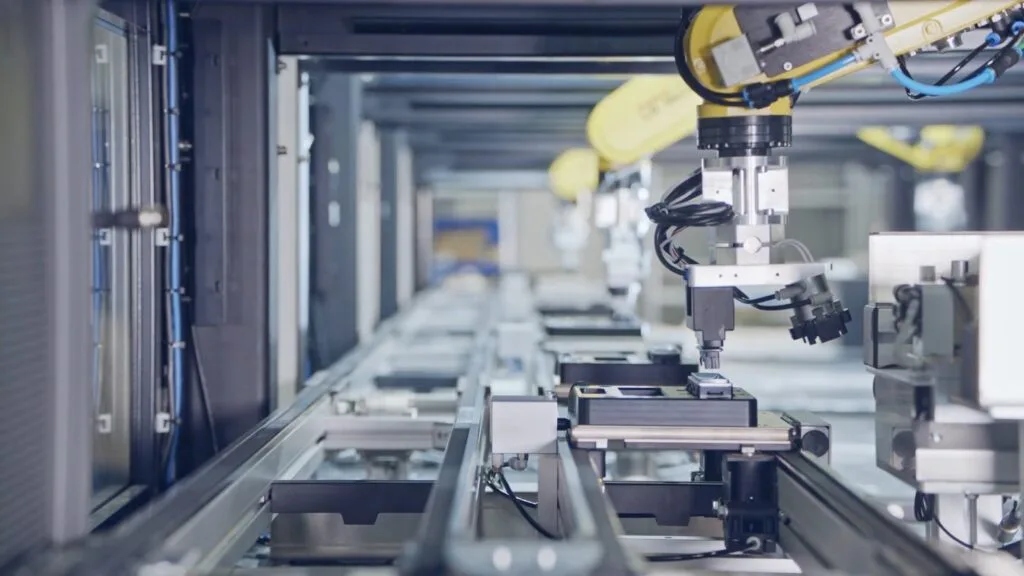Emerged as a digital disruption to the manufacturing industry, 3D printing is an additive manufacturing technology. This technology is way more advanced compared to the traditional manufacturing techniques, faster production time and a distributed supply chain being the main differentiators.
3D printing is becoming popular in the industry because of its faster delivery, higher accuracy than the traditional manufacturing process and usage of cost-efficient and sustainable materials. To be precise, online 3D printing is additive manufacturing technique-layers of materials are merged together in a pattern to make an object. At Zeal 3D, we offer the best 3D printing services in Brisbane. You may check out this link for more.
Now coming back to the point, although online 3D printing is already outpacing traditional in many applications, it’s unlikely that it will not completely replace traditional systems soon. In this article, you’ll get an elaborated overview of the online 3D printing, traditional manufacturing, advantages and disadvantages of both the processes.
Current Scenario of 3D Printing and Traditional Manufacturing
3D printing is used for many different applications in the manufacturing industry, such as producing precise tools, prototypes, and fixtures. This process can adapt to needs and ideas quickly, especially in producing objects that enhance the speed of the production method.
Prototyping is a time-consuming and costly process. If you follow a traditional process, you have to collaborate with external manufacturers or spend a huge amount of time and resources working in-house. Now, with the advent of online 3D printing services, you can speed up the prototyping process. The smart and quick delivery of 3D printing also ensures lower cost, high confidentiality, and lesser environmental impact. However, 3D printing has not yet been adopted by the industry at large leaving enough space for traditional manufacturing. It, however, is not feasible that 3D printing will replace traditional manufacturing any time soon.
Traditional Manufacturing
Traditional manufacturing is the technology where the material is removed through cutting, drilling, or grinding and cast into moulds. Developed in the early period of the industrial revolution, these processes have been adopted for manufacturing products all over the globe.
Processes in Traditional Manufacturing
Four main types of the traditional manufacturing processes include injection moulding, machining, forming, and joining. Each process is laced with both advantages and disadvantages. We are adding brief overview of each of these types below:
- Injection Moulding
Injection moulding is used widely for the manufacturing of plastic products. In this process, a plastic material is melted and injected into a mould of the required shape. Once the melted material settles inside the mould, it cools and takes the shape of the mould. Then the machine ejects the solidified material from the mould. The most common household items such as containers, bottles, chairs are made by this technique. This traditional technique provides high-quality products with wonderful surface finish. This technique is too effective for mass manufacturing as it allows churning out thousands of parts within just a few hours. Some of the major disadvantages of this process include high startup costs and it cannot be used for low-volume production.
- CNC Machining
CNC machining system is the process of drilling, milling, and turning any material into the product shape. A block of material is secured in the machine and a numerically operated tool removes pieces of material from the block till the required shape is achieved. This process is used to create metal parts such as gears, precision equipment, engine and its parts and many more. The main drawback of this process is that it cannot be used to manufacture products with intricate features.
- Plastic Forming
In this process, a sheet of plastic is draped over a mould using air pressure which turns the sheet into the shape of the mould. Plastic forming is a slow process, each step of the process involves manual intervention and there are chances of manual error. This process is only used to form simple shapes.
- Plastic Joining
Plastic joining is an umbrella term for all the joining processes including welding, fastening, and adhesive bonding. All these different methods are used to form a consolidated object with two or more individual parts. This process is time-consuming and high labor cost.
Advantages and Disadvantages of Traditional Manufacturing
The most significant benefits of traditional manufacturing processes include:
o This process is perfect for mass manufacturing
o It provides economies of scale advantages
o Faster bulk results
o High-quality end product
o It does not need highly-skilled expert labours
o Traditional labours have solid knowledge of all possible errors and solutions
Disadvantages of Traditional Manufacturing include:
o Traditional manufacturing is not applicable for low-volume manufacturing
o High amounts of material surplus
o It is not an ecological way to manufacture products
o It involves long product development cycles
o Its tooling stage is time-consuming
o Prolonged supply chains
Applications of Traditional Manufacturing:
Traditional manufacturing is used across different industries from aerospace to automotive to home appliances to healthcare industry. These processes are used to manufacture each and every product and its parts. If you are based in Australia and looking for manufacturing services, Zeal 3D offers the best 3D printing services in Brisbane.
Final Thoughts:
In the upcoming years, it is expected that 3D printing will be used in a more elaborate way. The increasing demand for customised products will enhance the market value of 3D printing. Additive manufacturing is a process that sustains greater flexibility in customization of products at an affordable rate. 3D printing holds the possibility of creating the personalised design directly from the manufacturer at a comparatively low cost and less time than the traditional manufacturing. Hopefully, in the future, 3D printing will redefine the traditional manufacturing industry and bring outstanding results.


More Stories
How Crypto mining machine works
Data-Driven Disruption: Bangalore’s Impact on Industries
Gemini Introduces Gems on Mobile App Along with a Redesigned Home Page